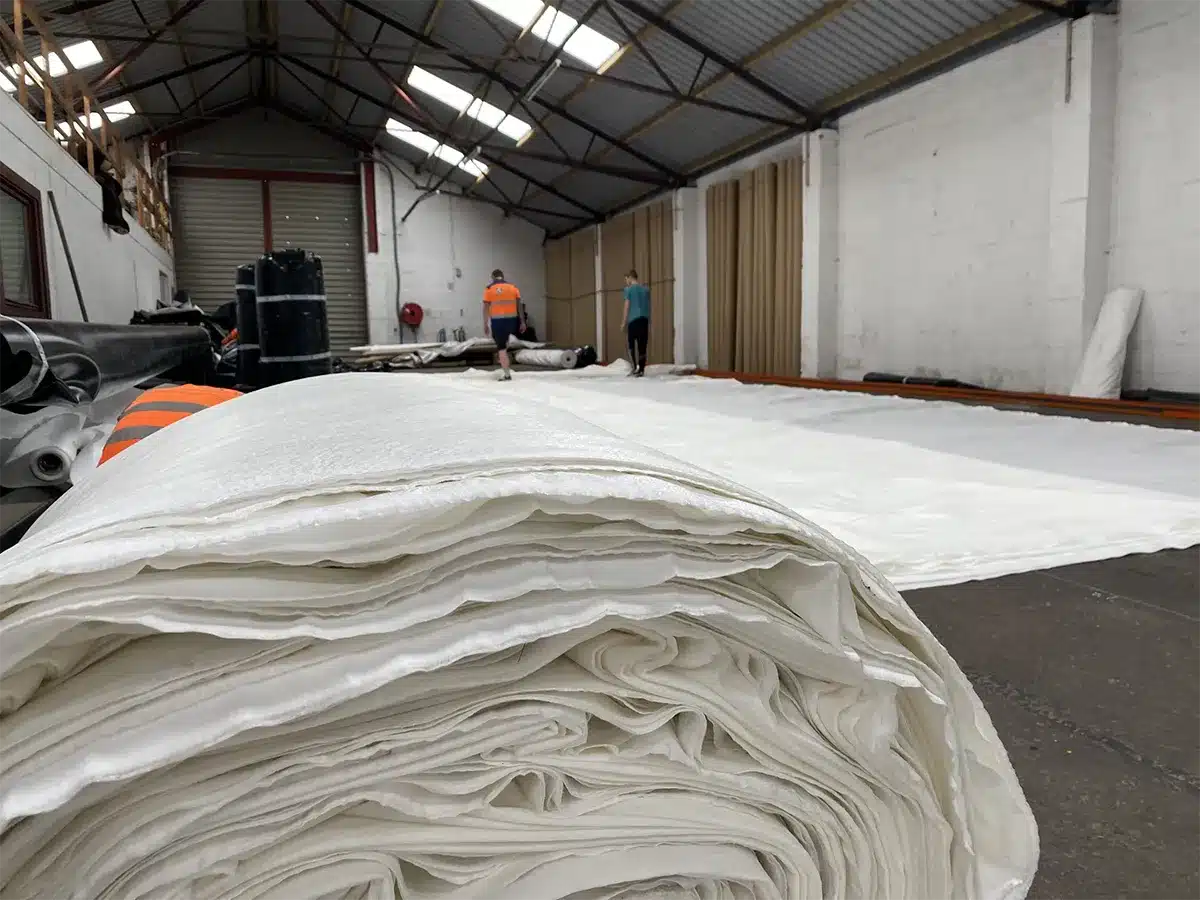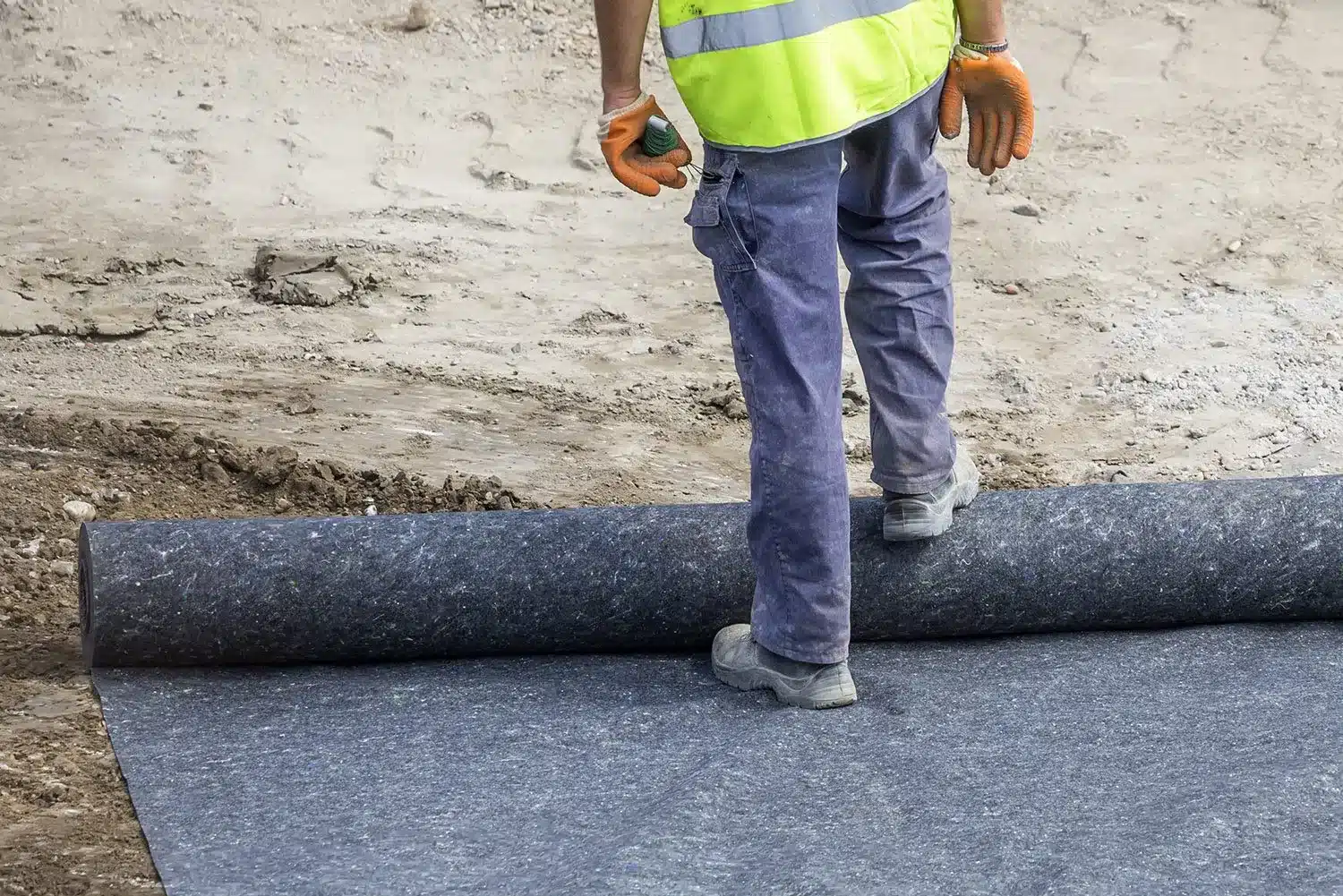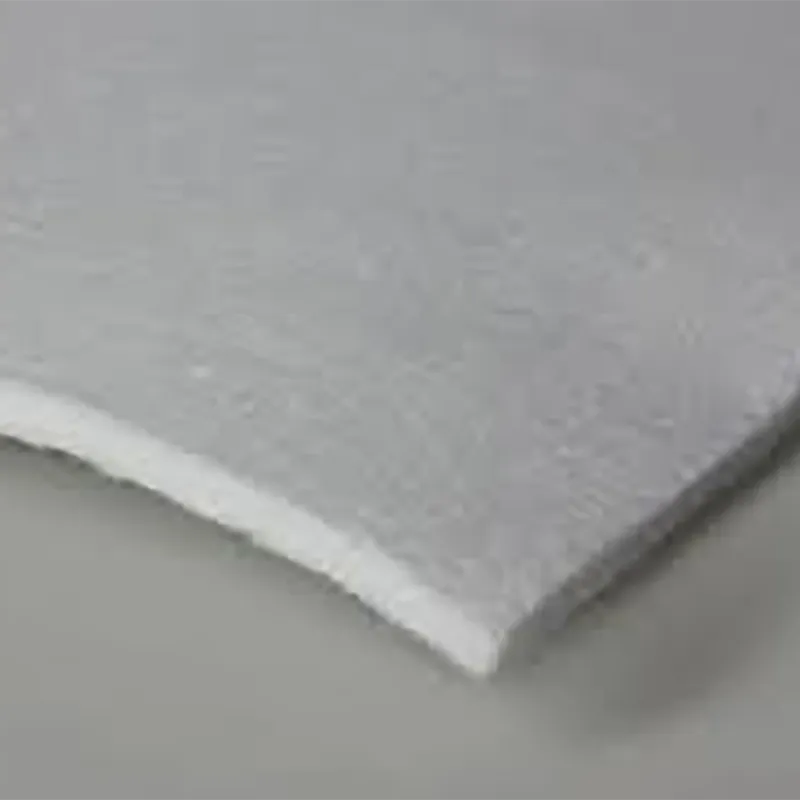Exploring the Power of Heavyweight Geotextile Fabric in Infrastructure Projects
Heavyweight geotextile fabric stands as a cornerstone in modern infrastructure projects, offering unparalleled strength and resilience. Engineered with robust materials and a higher mass per unit area, this fabric category delivers exceptional reinforcement, ensuring longevity and stability in diverse engineering applications. From road construction to erosion control and beyond, heavyweight geotextile fabric serves as a reliable solution, fortifying structures against intense loads and harsh environmental conditions. Discover how this formidable material elevates the standards of durability and strength in engineering endeavors, ensuring reliability and sustainability in critical infrastructure projects.

What is the strongest geotextile?
The strength of geotextile fabric is ascertained by factors such as composition, weave, weight, and type. Monofilament Geotextiles, particularly those with increased weight and density, typically display heightened strength characteristics. Monofilament Geotextiles, constructed using robust materials and featuring a higher mass per unit area, represent the pinnacle of strength within the geotextile spectrum. These specialized fabrics are engineered to endure substantial loads, resist punctures, and withstand harsh environmental conditions. As a result, they prove to be optimal choices for projects necessitating top-tier reinforcement and stabilization.
What are the different weights of geotextile fabric?
Geotextile fabrics come in a range of weights, offering versatility across engineering applications. The weight of the fabric often corresponds with its intended use, whereas heavier fabrics provide greater strength and durability for more demanding applications. These weights are measured in grams per square meter (gsm) or ounces per square yard (oz/yd²). Geotextiles can be categorized as follows:
- Lightweight: commonly between 3 oz/yd² to 4 oz/yd² or 100 gsm to 135 gsm
- Medium-weight: around 6 oz/yd² to 8 oz/yd² or 200 gsm to 270 gsm
- Heavyweight categories: can go up to 16 oz/yd² or 540 gsm.

How thick is geotextile fabric?
The thickness of geotextile fabric can vary significantly based on its intended purpose and manufacturing specifications. Generally, the thickness of geotextile fabric ranges from 0.25 millimeters to 7.5 millimeters, with thicker fabrics usually associated with higher weight categories. However, it’s essential to note that the thickness alone might not always correlate directly with the fabric’s strength; other factors such as composition and weaving pattern also contribute to its overall performance.
What fabric weight is considered heavy?
Fabric Weight Chart
| Classification | Weight | Uses |
| Medium Weight | 200gsm – 270gsm (6-8oz.) | Tops, Bottoms, Dresses, and Light Outerwear |
| Medium Heavy Weight | 270gsm – 340gsm (8-10oz.) | Pants, Structured Skirts and Dresses, Outerwear |
| Heavy Weight | 340gsm – 400gsm (10-12oz.) | Pants and outerwear |
Heavyweight geotextile fabrics, with their formidable strength and durability, serve as fundamental components in various engineering projects. Understanding their weight, thickness, and strength characteristics aids engineers and project managers in selecting the most suitable fabric for optimal performance and longevity in their applications.



Comments
Post a Comment